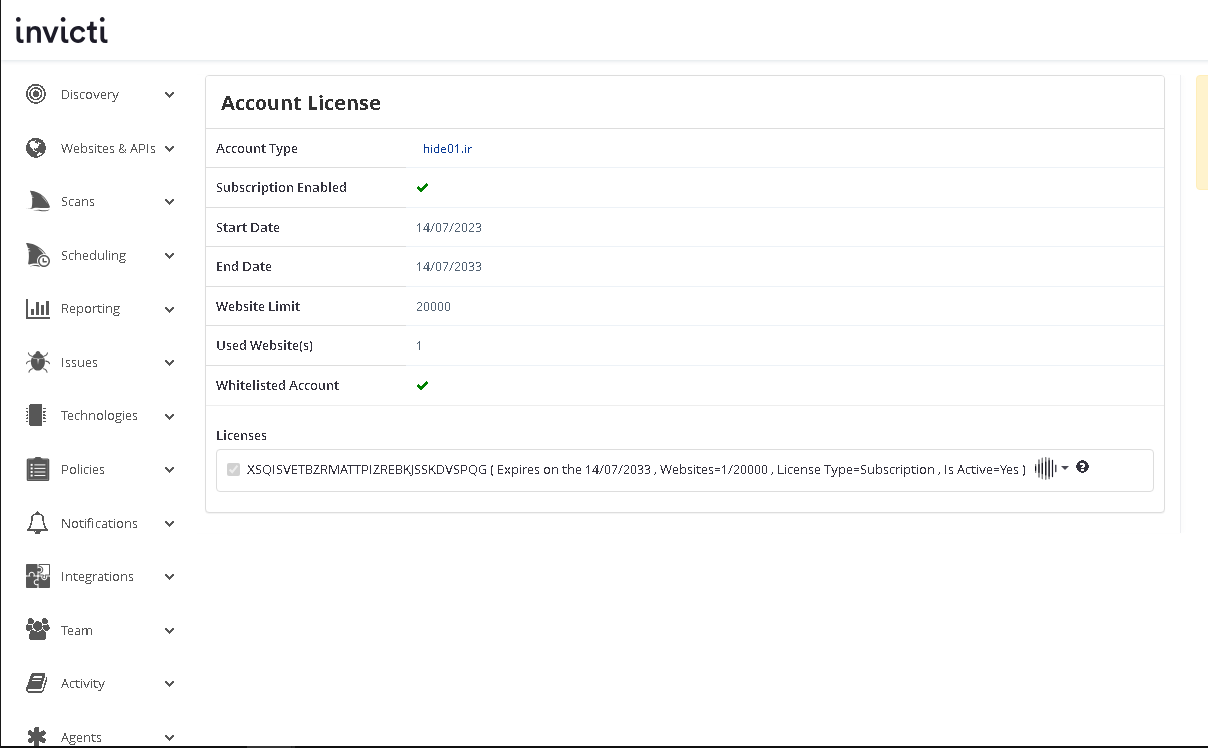
Ready to take bug hunting to a deeper level? Been tasked with reviewing source for SQL Injection, XSS, Access Control and other security flaws? Does the idea of reviewing this code leave you with heartburn? This course introduces a proven methodology and framework for performing a secure code review, as well as addressing common challenges in modern secure code review. Short circuit developing individual secure code review techniques by gleaning from Seth & Ken’s past adventures in performing hundreds of code reviews and the lessons we’ve learned along the way. We will share a proven methodology to perform security analysis of any source code repository and suss out security flaws, no matter the size of the code base, or the framework, or the language.










